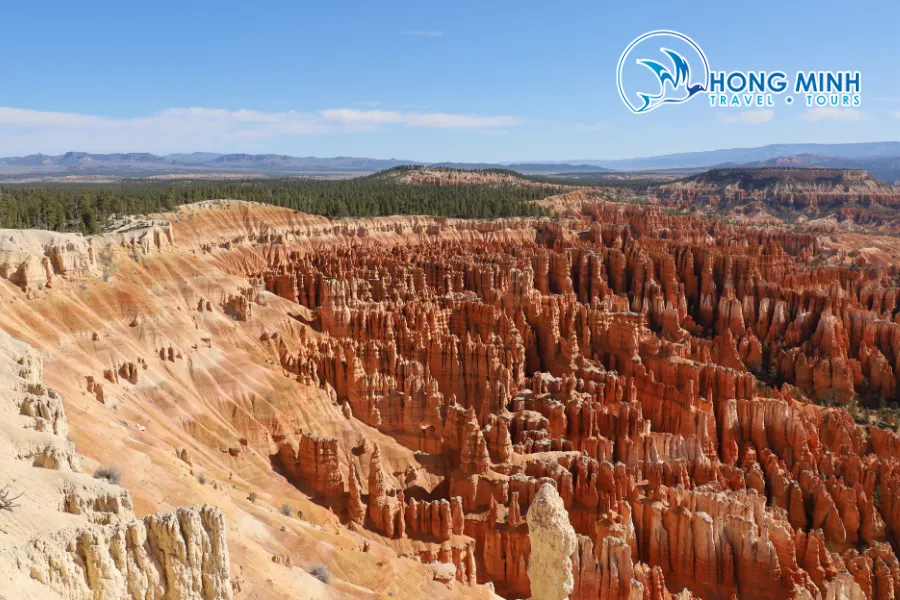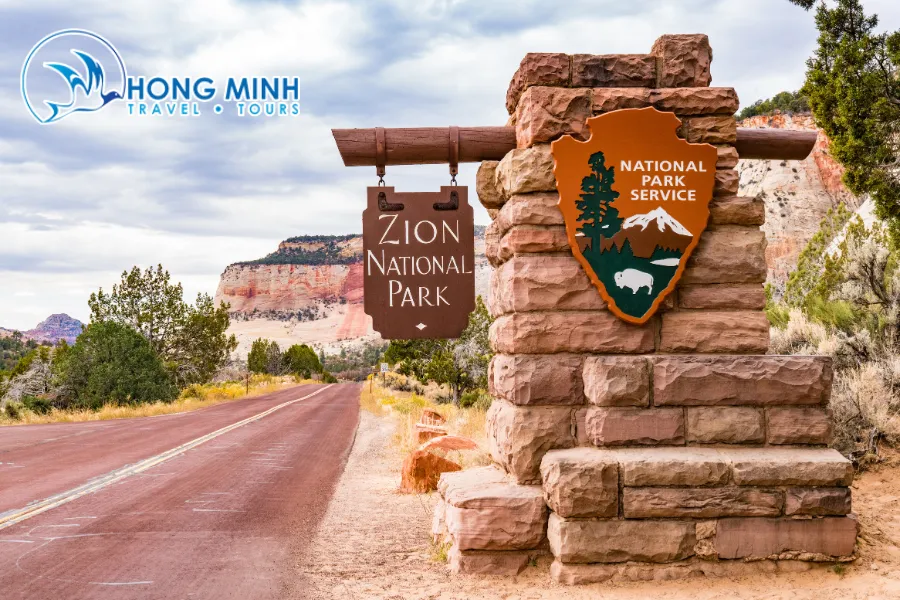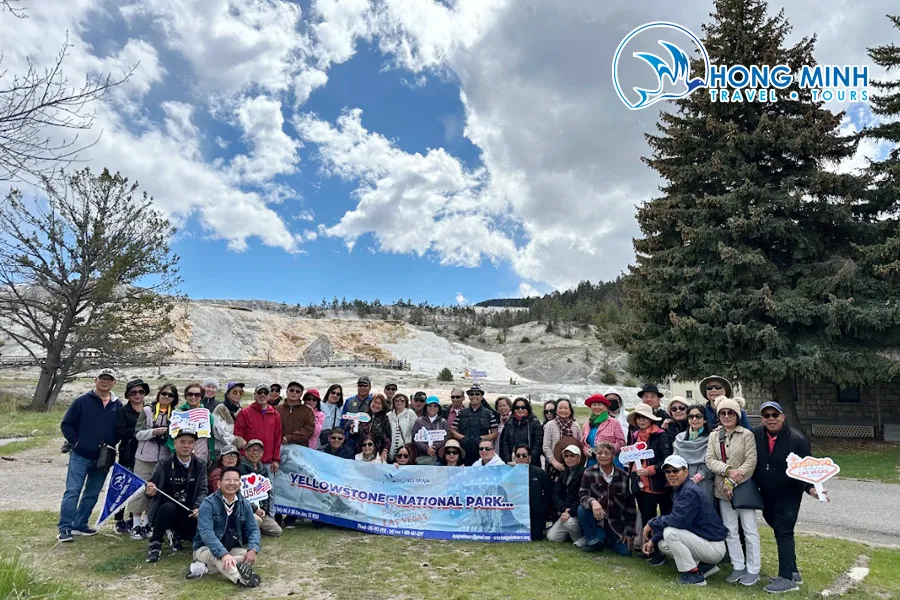Utah, renowned for its majestic natural landscapes, is not only an ideal destination for travelers but also a paradise for photographers. In particular, the experience of photographing deer and elk in Utah offers a unique opportunity to capture stunning moments of wildlife in their natural habitat. From vast pine forests to sprawling meadows, Utah is where deer and elk thrive. Let’s explore the secrets and great locations for a successful and memorable wildlife photography trip.
Utah: A Promised Land for Wildlife Photographers
Utah boasts a diverse ecosystem, an ideal habitat for many wildlife species, including deer and elk. With varied terrain, from high mountains to deserts, Utah offers unique settings for impressive wildlife photos. Moreover, the state government is highly committed to conservation, creating favorable conditions for wildlife to thrive, increasing the chances of encountering them in the wild.
Ideal Locations for Deer and Elk Photography in Utah
Bryce Canyon National Park
Bryce Canyon is famous for its spectacular Hoodoo rock formations, but few know it’s also home to many deer and elk. Especially in the fall, when the leaves turn golden red, Bryce Canyon’s scenery becomes incredibly romantic, creating stunning photos with deer and elk as focal points.

Zion National Park
Zion is not only famous for its magnificent canyons but also a haven for many wildlife species. Deer and elk often appear in the Virgin River area, especially in the early morning or late afternoon.

Yellowstone National Park (Partially in Utah)
Yellowstone, although primarily located in Wyoming and Montana, extends a small portion into Utah. This area is home to many wildlife species, including deer, elk, bison, and bears. This is a great opportunity to capture unique moments of deer and elk in their pristine natural environment.

Uinta-Wasatch-Cache National Forest
This vast forest with many remote areas is home to diverse wildlife. Deer and elk are commonly found in areas with meadows and water sources. This is an ideal location for those seeking a peaceful and pristine environment for deer and elk photography.
Tips for Successful Deer and Elk Photography
Thorough Preparation
- Location Research: Learn about the terrain, climate, and habits of deer and elk in your chosen area.
- Equipment: Telephoto lens (300mm or longer), camera with fast shooting capabilities, tripod, spare batteries, high-capacity memory cards.
- Clothing: Neutral-colored, comfortable clothing suitable for the weather.
- Other Items: Binoculars, map, GPS, water, snacks.
Ideal Timing
- Season: Autumn is the best time for deer and elk photography, as it’s their mating season and their coats are at their finest.
- Time of Day: Dawn and dusk are when deer and elk are most active. The light at these times is also beautiful, creating stunning photos.
Photography Skills
- Patience: Wildlife photography requires patience and the ability to wait.
- Observation: Pay attention to signs of deer and elk, such as tracks, droppings, and sounds.
- Camouflage: Use camouflage clothing and gear to avoid startling deer and elk.
- Approach: Approach deer and elk slowly and quietly, avoiding loud noises.
- Composition: Look for unique shooting angles, using light and background to create impressive photos.
Professional Ethics
- Respect Wildlife: Do not disturb, feed, or approach too closely.
- Protect the Environment: Do not litter or pollute.
- Obey Laws: Learn and comply with local regulations regarding hunting and wildlife conservation.
Combined Travel Activities
In addition to deer and elk photography, you can combine your trip with other tourist activities in Utah, such as:
- Hiking and Trekking: Explore the beautiful trails in national parks and forests.
- Camping: Experience life close to nature.
- Visiting Cultural and Historical Sites: Learn about the history and culture of Native Americans and early settlers.
- Enjoying Local Cuisine: Taste Utah’s specialties, such as bison meat, fry bread, and honey.
Important Notes
- Weather: Utah weather can change rapidly, especially in the mountains. Prepare appropriate clothing and check the weather forecast before you go.
- Safety: Always carry water, snacks, and other essentials. Inform family or friends about your plans.
- Permits: If you intend to hunt, research and obtain the necessary permits from authorities.
Conclusion
Experiencing deer and elk photography in Utah is a fascinating and challenging journey of nature exploration. With thorough preparation, good photography skills, and a passion for wildlife, you will have the opportunity to capture beautiful and memorable moments. Remember that respecting wildlife and protecting the environment is crucial to ensure that future generations also have the chance to experience the beauty of Utah’s nature.